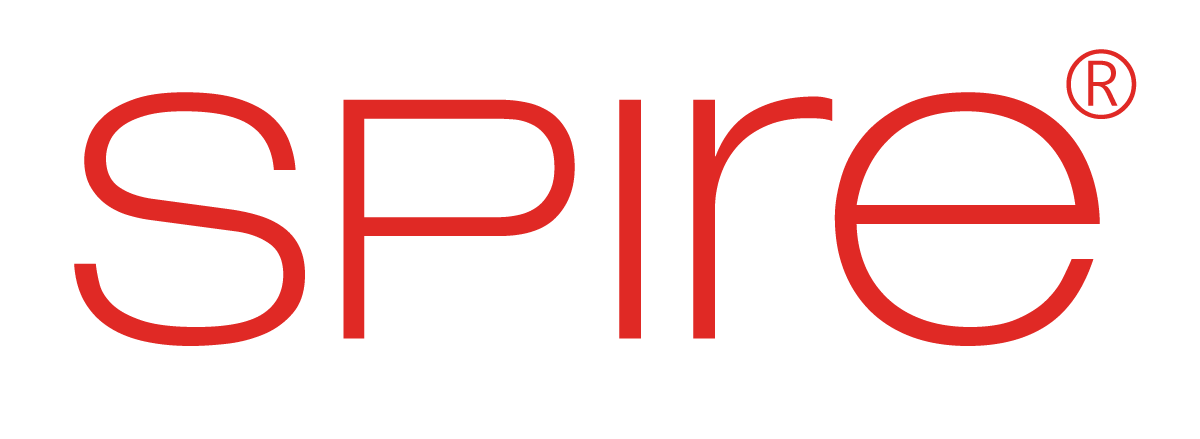Cross-Boarding
What is Cross-Boarding Employees?
Cross-boarding refers to transitioning existing employees to new roles or departments within the organization. This practice involves assessing, training, and preparing employees for new responsibilities or functions, thereby fostering internal mobility. Cross-boarding helps retain and engage talent while ensuring the right people are in the right roles to meet business needs. It is a strategic approach to employee development and succession planning, which also reduces recruitment costs by utilizing internal talent.
Benefits of Cross-Boarding Employees
- Employee Retention: Cross-boarding enhances job satisfaction by offering growth opportunities, improving retention rates.
- Increased Productivity and Motivation: Employees in new roles are often more motivated and productive.
- Boosts Collaboration and Flexibility: Employees transitioning between teams increase cross-functional collaboration and organizational flexibility.
- Supports Succession Planning: It ensures a pipeline of prepared employees for future leadership roles.
- Cost-Effective: Reduces recruitment costs and training expenses while improving operational efficiency.
- Stronger Company Culture: Employees moving within the organization retain a deeper understanding of the company culture.
- Internal Mobility: Cross-boarding strengthens internal mobility, which increases overall workforce sustainability and engagement.
Cross-boarding not only enhances employee development but also contributes to greater agility and business continuity.
Difference Between Cross-Boarding and Onboarding
- Onboarding introduces new employees to a company and their role.
- Cross-boarding involves transferring existing employees to new positions within the same organization, utilizing their prior knowledge of the company.
Both processes focus on helping employees adjust to their roles, but cross-boarding leverages the employee’s existing experience and familiarity with the organization.
Challenges of Cross-Boarding Employees
- Information Overload: Employees may struggle with learning too much too quickly in their new roles.
- Engagement and Productivity: Ensuring the employee remains engaged and productive during the transition can be difficult.
- Setting Expectations: Lack of clarity in expectations can hinder success in the new role.
- Role Clarity: Ambiguity around job responsibilities can create confusion and decrease performance.
- Cultural Barriers: Different team cultures may impact the employee’s adjustment.
- Insufficient Feedback: Without proper feedback, employees may struggle to adjust effectively to their new roles.
- Tech Incompatibility: New tools or systems may pose challenges if not properly integrated into the transition process.
Addressing these challenges requires clear communication, effective training, and continuous support throughout the cross-boarding process.
Conclusion
Cross-boarding employees offers numerous advantages, including improved retention, increased productivity, and enhanced organizational agility. By promoting internal mobility, organizations can strengthen their workforce, reduce hiring costs, and foster a strong company culture. However, successful cross-boarding requires addressing challenges like role clarity, expectations, and proper training. With the right strategy, cross-boarding can drive long-term success by developing a flexible, engaged, and well-prepared workforce.

Don’t Let Outdated Frameworks Hold Your Organization Back
Harness Spire.AI to Build, Deploy, and Elevate Talent Effectively


